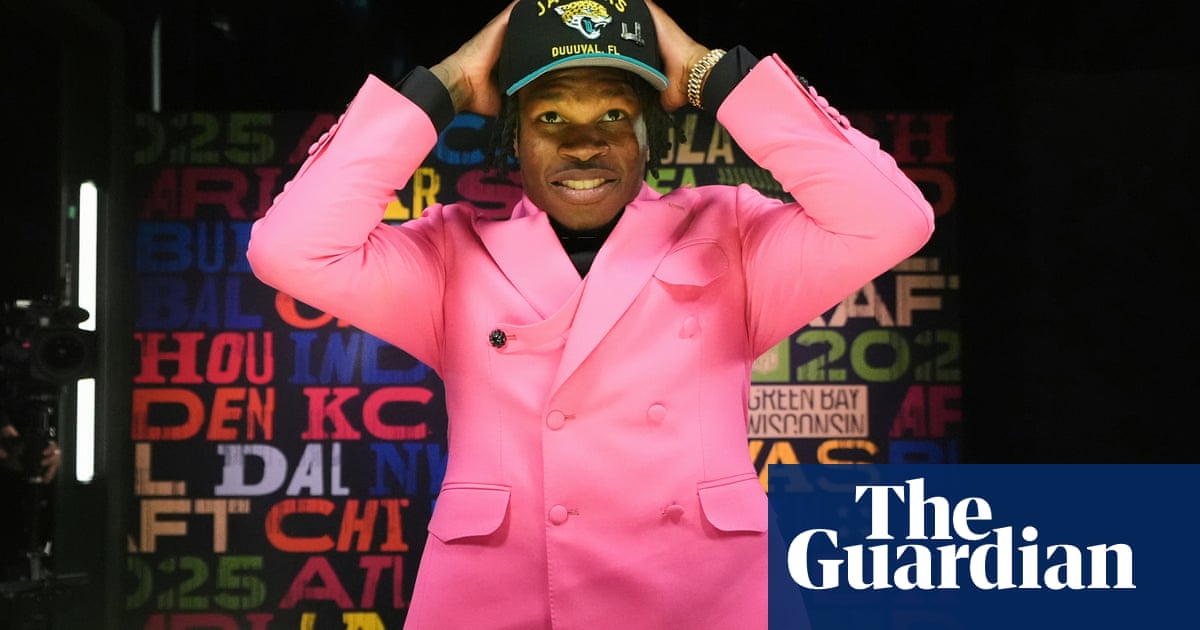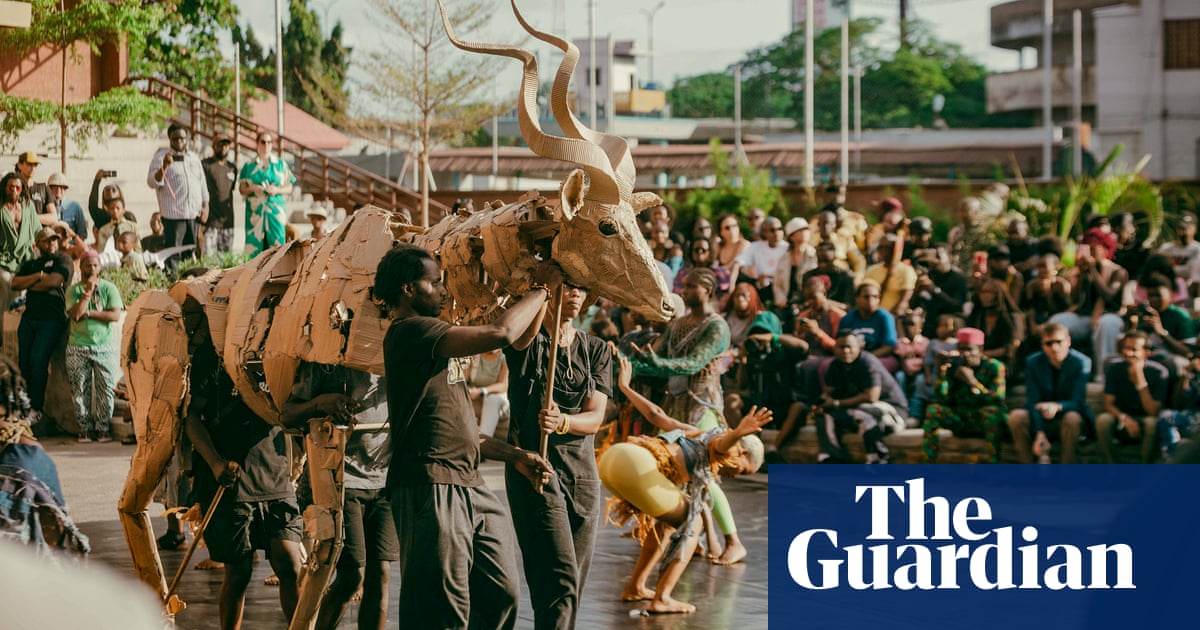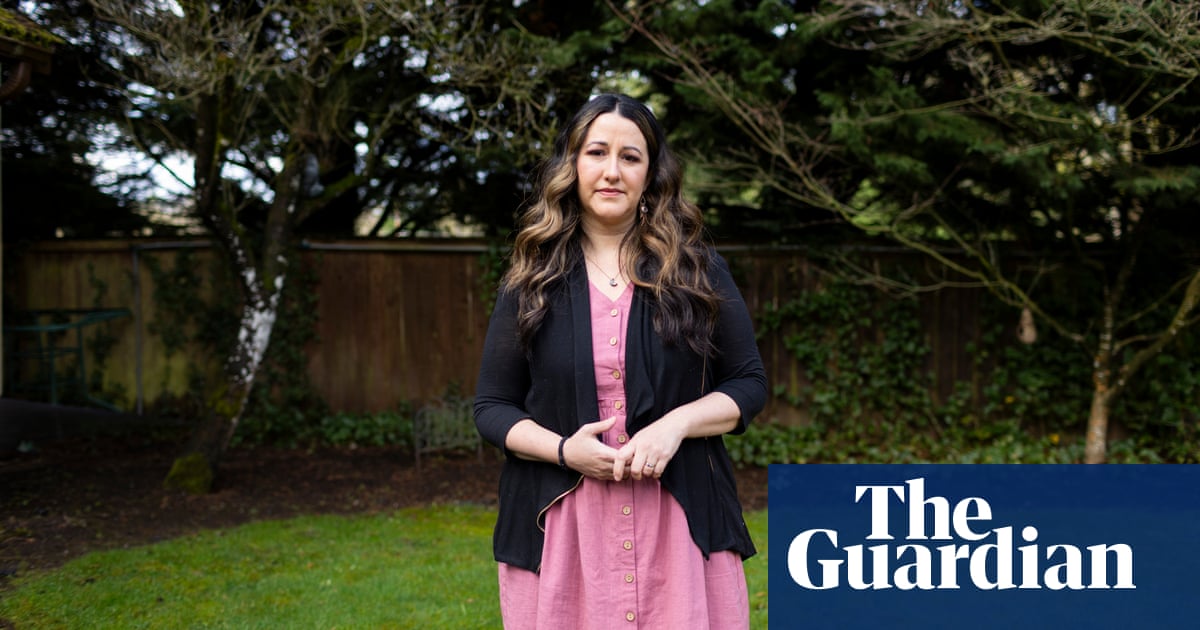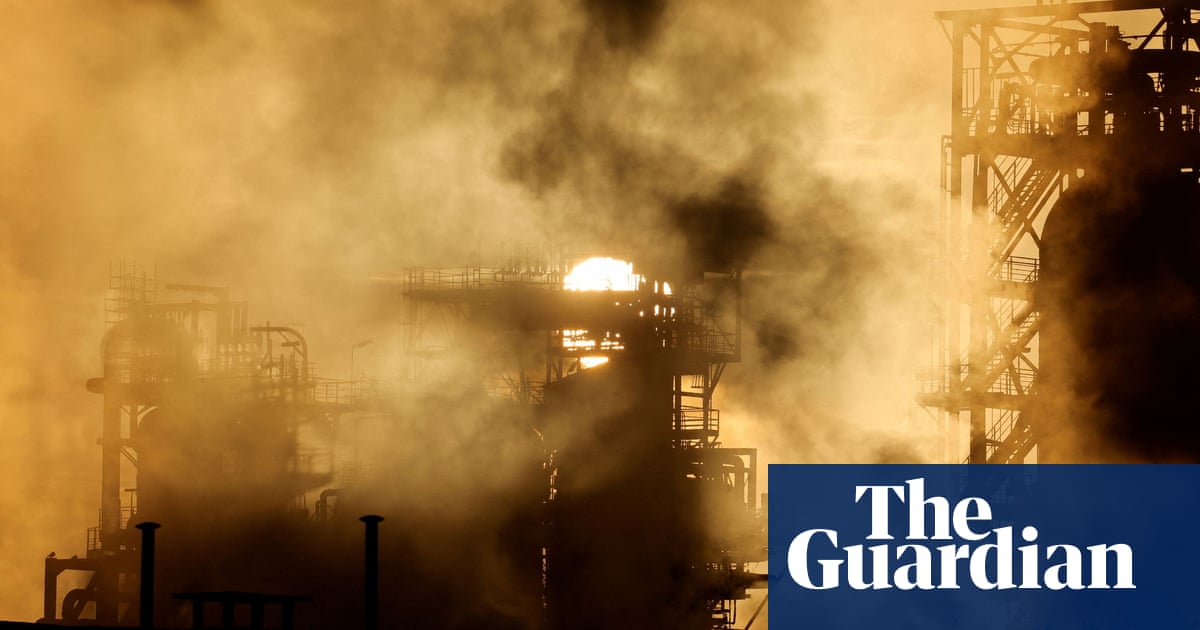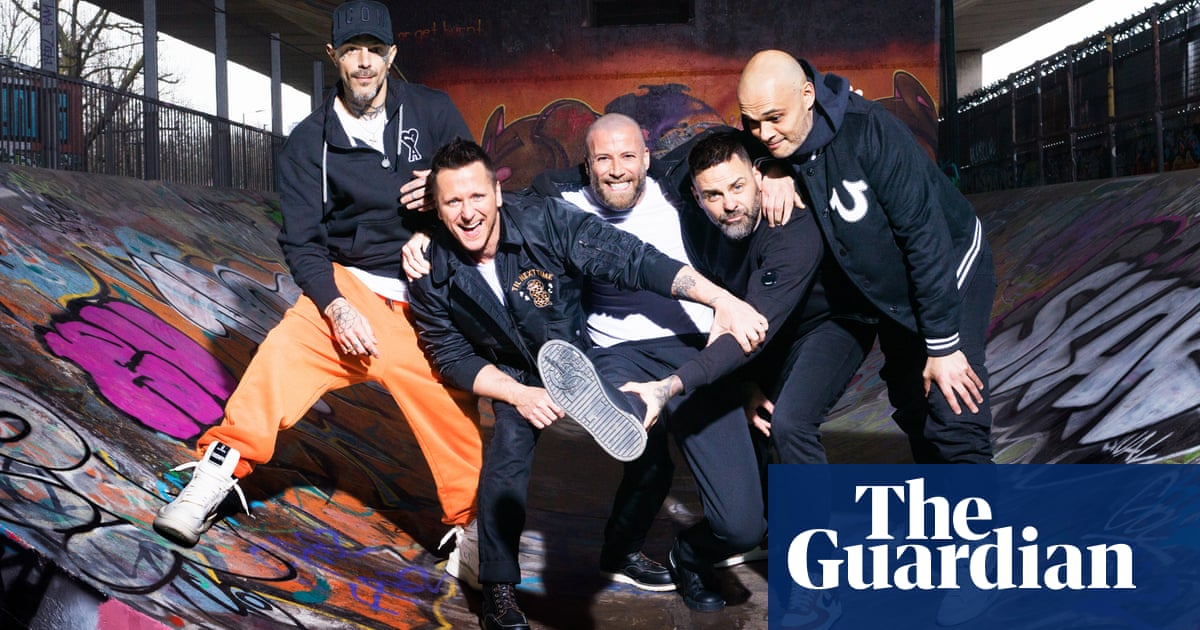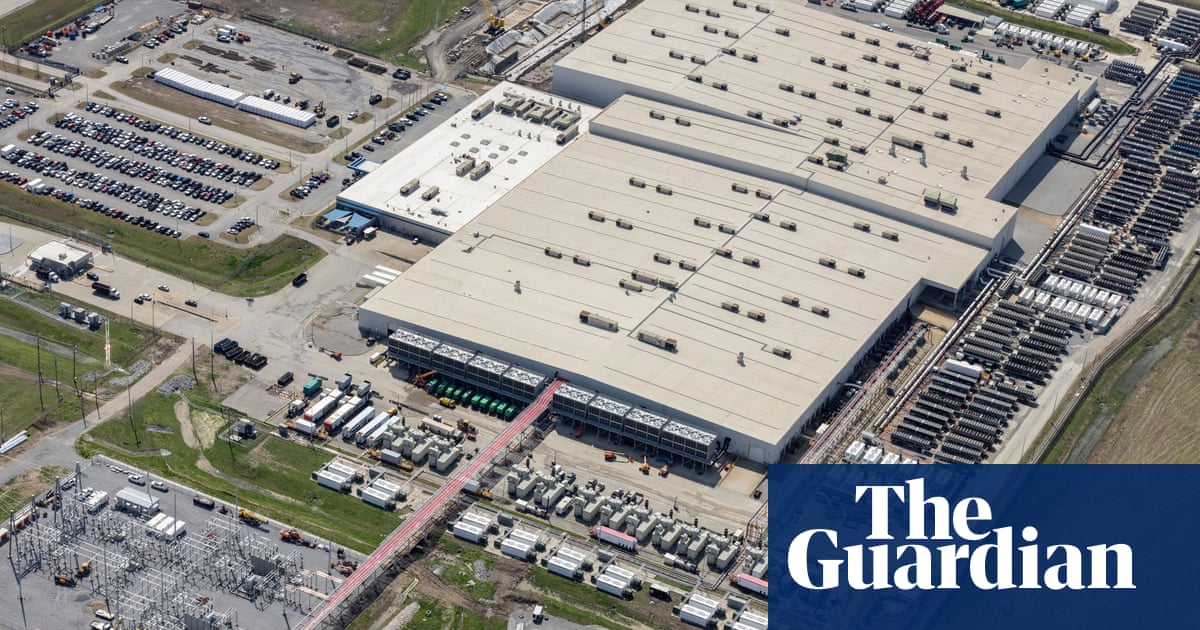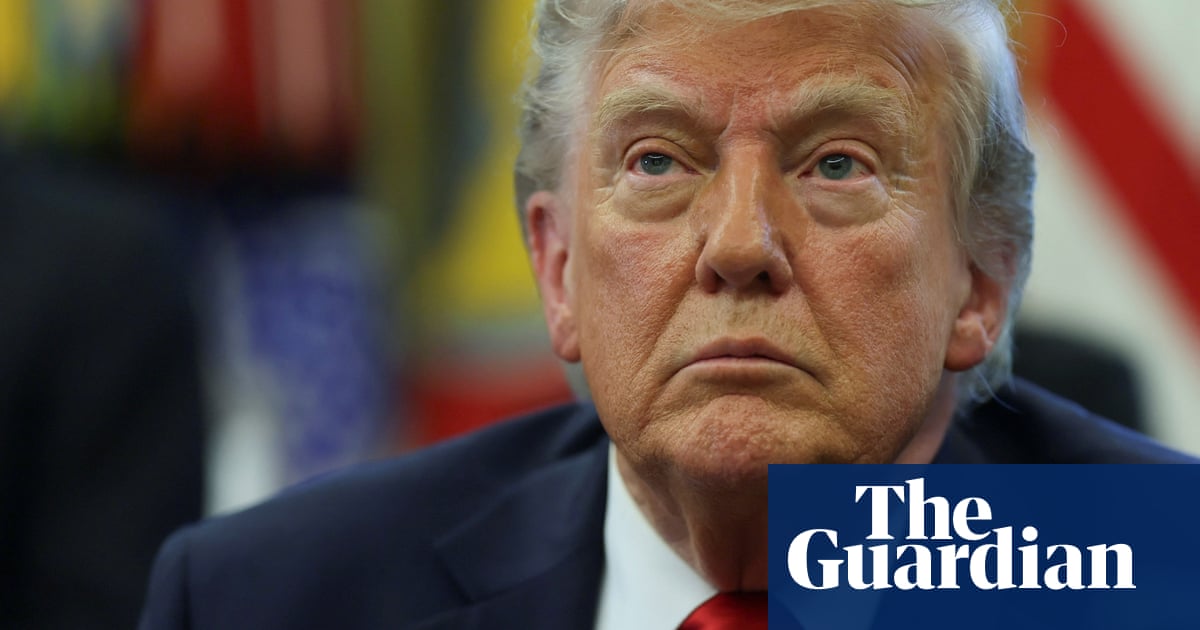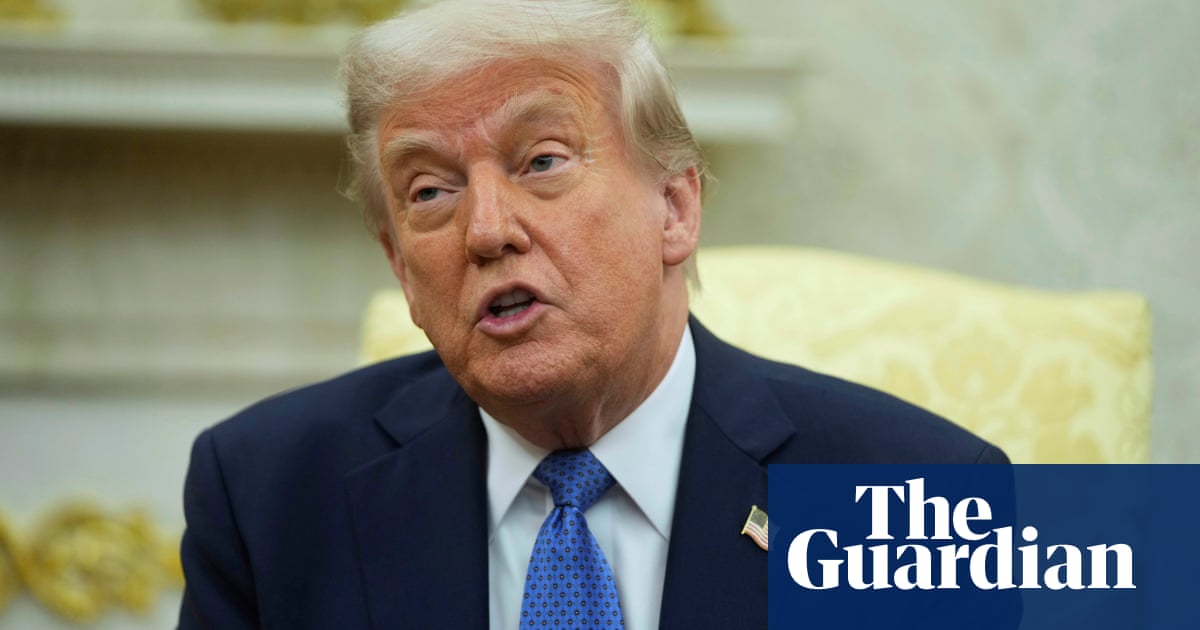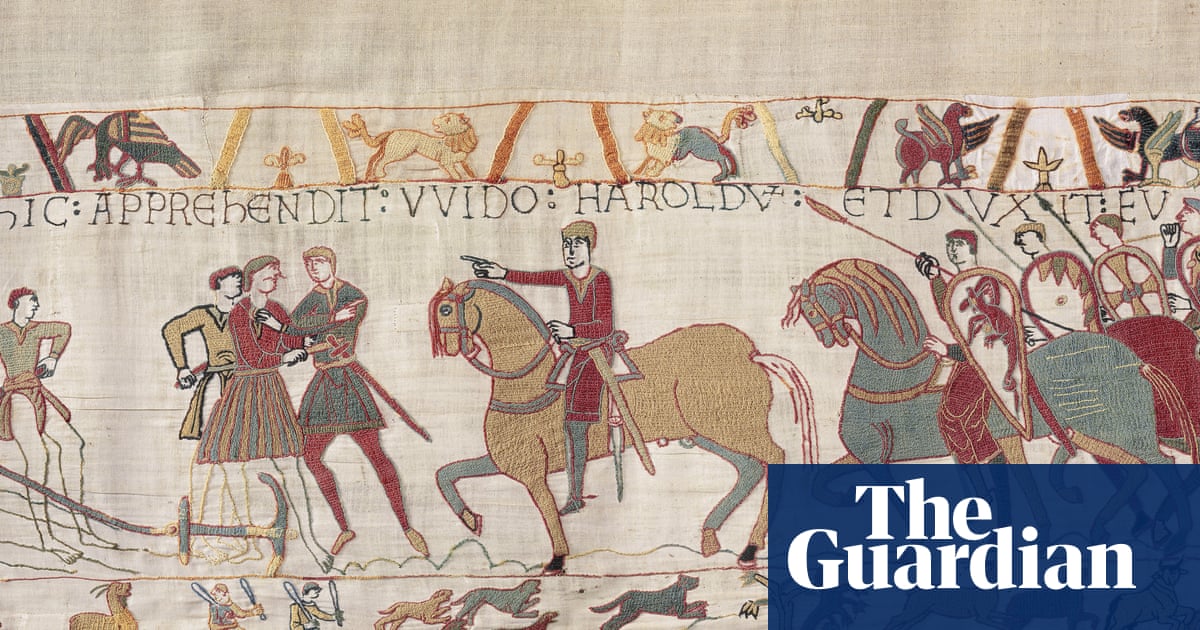Hundreds of Rwandan troops have been killed during covert operations in the eastern Democratic Republic of the Congo (DRC), contradicting claims from Kigali that its soldiers are not involved in the conflict there.
Multiple intelligence, military and diplomatic sources say that “very significant” numbers of soldiers from the Rwanda Defence Force (RDF) have died supporting an offensive by M23 rebels in DRC.
Satellite imagery of one military cemetery in the Rwandan capital of Kigali indicates at least 600 graves have been dug since the M23 – backed by RDF troops – restarted operations within DRC three years ago.
Two high-ranking intelligence officials with knowledge of the RDF say the true losses sustained by Rwanda probably run into the “thousands”, but pinning down a definitive figure is challenging.
Another senior source says a number of dead Rwandan troops were secretly buried in “mass graves” in DRC when it was impossible to return their bodies across the border.
They say that families were given empty coffins when corpses could not be returned. “Not all soldiers that perished in DRC were able to be repatriated, especially in areas under a lot of fire. Some were buried in mass graves,” they add.
Rwandan casualties are so high that a new wing has been built at Kigali’s military hospital to deal with them. Its mortuary is full, the source says.

Rwanda continues to deny its forces have crossed into DRC. It has repeatedly denied involvement in supporting the M23 rebels and has never acknowledged its troops have died in the conflict.
UN experts, however, say the Rwandan army is in “de facto control” of M23 rebels, who last month seized the city of Goma, capital of DRC’s North Kivu province, and control a swathe of DRC equivalent to almost half the size of Rwanda itself.
Revelations concerning Rwanda’s military death toll will intensify pressure on Kigali to come clean about its role in the conflict before a crisis summit attended by the Rwandan and DRC presidents, Paul Kagame and Felix Tshisekedi, respectively, in Dar es Salaam, Tanzania, on Saturday.
Diplomatic sources say the true number of Rwandan dead – evidence of sustained frontline involvement – would be acutely damaging for Kagame.
Emmanuel Ngabo, who runs a group in France called ARC Urunana Nyarwanda France (Rwandan Alliance for Change), says he has received numerous indications from grieving parents that large numbers of Rwandans have been killed.
“There are so many bodies needing to be processed. There is such a queue of families waiting [for burial] that they are only allowed 30 minutes at the graveside.”
Ngabo, not his real name, adds: “The coffins are always closed, either because the soldier is so badly injured or burnt he is unrecognisable, or because there is nobody inside the box.
“We hear that privates are often buried where they fall in Congo: officers are brought back for burial in Kanombe [military cemetery in Kigali].”
Satellite images of Kanombe from August 2021 – before the start of the M23 conflict – and another taken on 15 December 2024, before the rebels seized Goma on 27 January, appear to show a dramatic increase in the number of graves there.
Two areas in particular indicate a proliferation of graves since the conflict began. One, in the cemetery’s north, appears to show about 100 new graves, doubling the number in that part of it.
To the south, at least 500 new graves can be seen. A significant number have probably been dug since the image was taken at the end of last year. Cloud cover, however, thwarted attempts to obtain a more recent image of Kanombe.
Last month marked a bloodier phase of the conflict, with a renewed M23 and RDF push seizing the towns of Minova and Sake, as well as Goma. The UN says the battle for Goma left at least 2,900 people dead.
after newsletter promotion

An intelligence source confirms increased RDF deaths. “We have been receiving increasing reports of casualties in military hospitals and burial sites,” they say.
A military source adds that the capability of the DRC army – and effective use of drones and airpower – would have killed many.
“I’m not surprised to see the increase in graves. When you have aircraft dropping bombs on troops, it claims a lot of lives,” they say.
Although thousands of Rwandan troops are also deployed in Mozambique and Central African Republic, sources say RDF fatalities in those states are “barely a handful”.
UN experts estimated in December that up to 4,000 Rwandan troops were on the ground in DRC but intelligence sources believe the figure is far higher, with possibly more than 7,000 there.
Rwandan families approached by the Guardian for comment on the conflict would not comment on the loss of their children. However, a Rwandan exiled in Europe said they had spoken to two families in the past week who had lost sons in the fighting.
They said that funerals, arranged by the military, were being conducted far more quickly than normal.
“It happens really fast. Family friends don’t get to see the deceased, as is normal in our culture,” they say, adding that the families were not told how their son died, just that it was “on the battlefield”.
Ngabo, who is exiled in France, adds: “I’ve published so many funeral notices for Rwandan soldiers killed in Congo.”
Grieving families are angry, he says. “Some were called by their sons, who said: ‘We’re leaving for Congo tomorrow, pray for me.’ Others didn’t even know their sons had been sent to fight in Congo when they got the phone call telling them to go to Kanombe to pick up the body.”
Although Rwanda has been tight-lipped about casualties across its western border, Kagame referenced RDF deaths in his recent end-of-year address, promising families that their “sacrifices shall never be in vain”.
A diplomatic source said his comments indicated the casualty rate was becoming a “very real issue”.
The Rwandan government has been contacted for comment.

.png) 2 months ago
81
2 months ago
81
